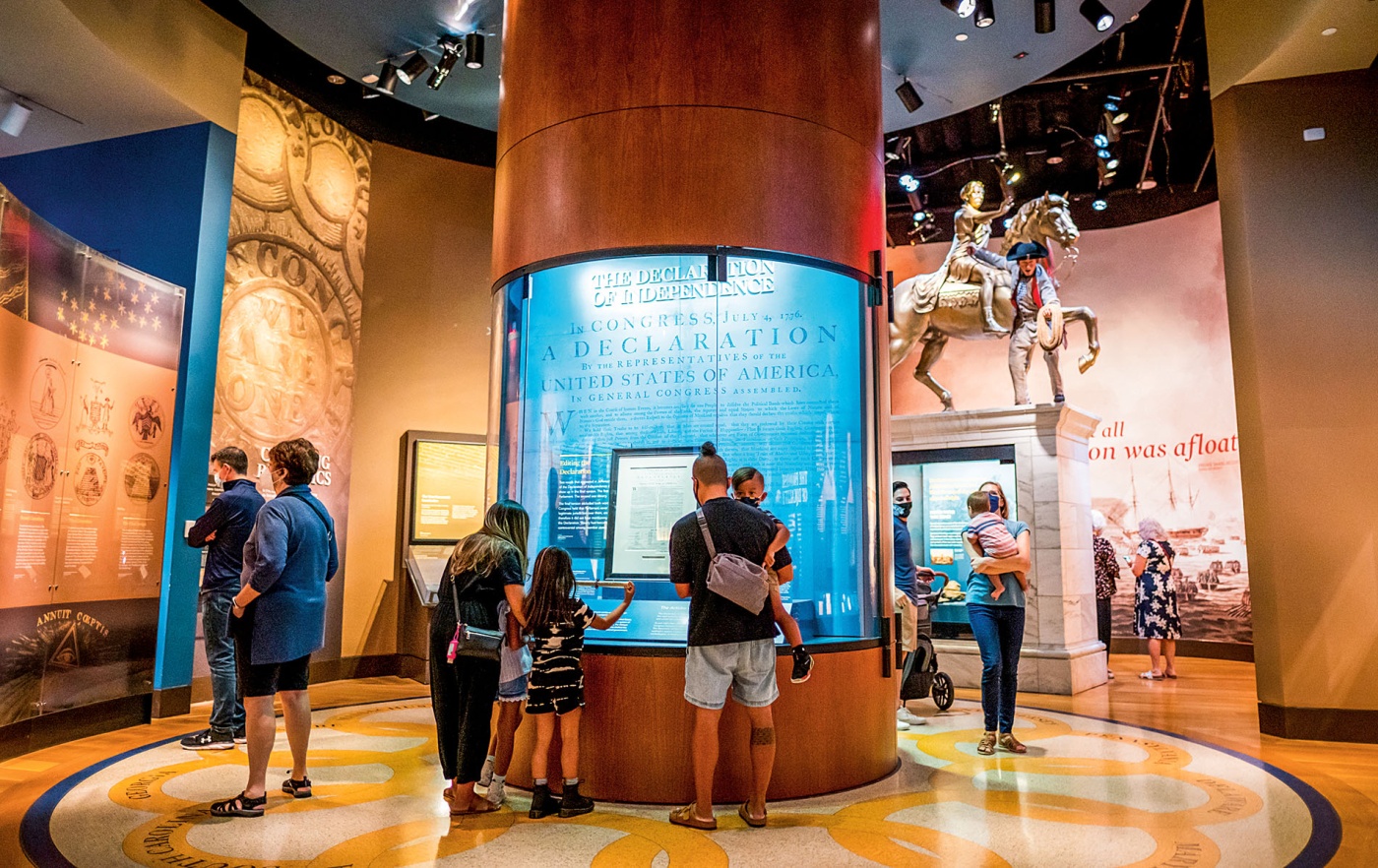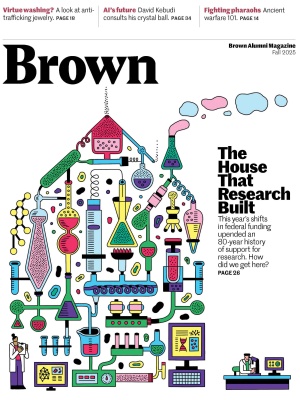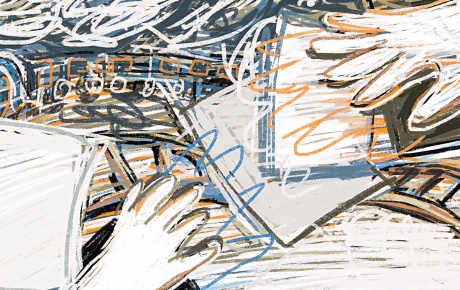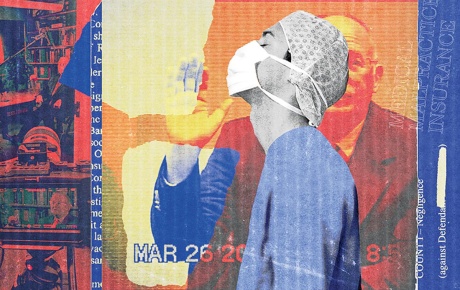In the late ’90s, Brown history professor Gordon S. Wood took a call from Philip C. Mead and, after a long conversation, assumed Mead was interested in attending the university for graduate school. Later, Wood realized Mead, class of 1999, hadn’t yet finished high school.
Mead later cut class and drove from his native Connecticut to see Wood teach. He introduced himself to the professor, who remarked, “Too bad I didn’t know you were coming, we could have gone to lunch.”
“I was a bit star struck,” recalls Mead. “He was a good mentor” who sponsored Mead for a Charles Royce Fellowship, which provides funding for undergraduates to conduct summer research. Mead used his “to travel up and down” the East Coast looking for Revolutionary War materials. He found a diary from a Sgt. Major John Hawkins, who offered an interesting perspective on the war from a non-officer.
His classmates also left a lasting impression on Mead. “What I came to really appreciate about Brown was the intellectual seriousness and curiosity of my fellow students, in terms of staying up late and working really hard—not to get a good grade, but if something was bothering them and if they wanted to solve something, they wanted to find an answer,” he recalls. “It was inspiring.”
Mead became chief historian for the Museum of the American Revolution, then left at the end of 2023 to start his own consulting business: “I’m returning to my own scholarship on revolutionary soldiers,” he says. “And locating and placing original objects from the revolutionary period for various institutions and collections.” But Mead returned to the Museum of the American Revolution as a guest curator for The Declaration’s Journey, a special exhibit for the nation’s 250th.
The Declaration has influenced many nations, he says, some borrowing language from the document. For instance, “The conflicts over slavery in Mexico were expressed in some of the Mexican foundational documents and that put pressure on the United States to resolve the contradiction in our own founding documents,” he says. “The Vietnamese Declaration of Independence of 1945 made specific reference to the American Declaration of Independence,” he adds. “So there are ways the Declaration has shaped the world and ways that the world has shaped the way we interpret the Declaration.”
The upcoming anniversary of the nation’s founding has particular meaning for Mead as a historian. “I think it’s an opportunity for Americans to take stock of where we are in the 250-year-old experiment and in self-government, life, liberty, the pursuit of happiness,” he says. “It’s a way of focusing attention on those original principles at a moment when I think we really need to be thinking about what we stand for, what our values are, and where we want to see the country go for our children and grandchildren’s time.”






